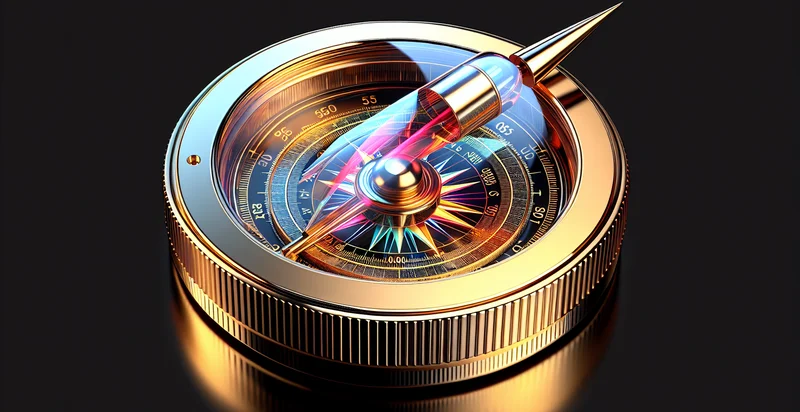Identify what material a compass is made from
using AI
Below is a free classifier to identify what material a compass is made from. Just upload your image, and our AI will predict what material a compass is made from - in just seconds.

Contact us for API access
Or, use Nyckel to build highly-accurate custom classifiers in just minutes. No PhD required.
Get started
import nyckel
credentials = nyckel.Credentials("YOUR_CLIENT_ID", "YOUR_CLIENT_SECRET")
nyckel.invoke("what-material-a-compass-is-made-from", "your_image_url", credentials)
fetch('https://www.nyckel.com/v1/functions/what-material-a-compass-is-made-from/invoke', {
method: 'POST',
headers: {
'Authorization': 'Bearer ' + 'YOUR_BEARER_TOKEN',
'Content-Type': 'application/json',
},
body: JSON.stringify(
{"data": "your_image_url"}
)
})
.then(response => response.json())
.then(data => console.log(data));
curl -X POST \
-H "Content-Type: application/json" \
-H "Authorization: Bearer YOUR_BEARER_TOKEN" \
-d '{"data": "your_image_url"}' \
https://www.nyckel.com/v1/functions/what-material-a-compass-is-made-from/invoke
How this classifier works
To start, upload your image. Our AI tool will then predict what material a compass is made from.
This pretrained image model uses a Nyckel-created dataset and has 15 labels, including Acrylic, Aluminum, Brass, Carbon Fiber, Ceramic, Copper, Glass, Metal, Nylon and Plastic.
We'll also show a confidence score (the higher the number, the more confident the AI model is around what material a compass is made from).
Whether you're just curious or building what material a compass is made from detection into your application, we hope our classifier proves helpful.
Related Classifiers
Need to identify what material a compass is made from at scale?
Get API or Zapier access to this classifier for free. It's perfect for:
- Material Authenticity Verification: This use case involves using the false image classification function to verify the material authenticity of compasses in antique shops or online marketplaces. By accurately identifying materials, sellers can boost consumer confidence and reduce the risk of counterfeit products reaching the market.
- Manufacturing Quality Control: Manufacturers of compasses can implement this function in their quality control processes to ensure that the correct materials are used in production. By identifying discrepancies in material usage, manufacturers can enhance product reliability and safety.
- E-commerce Product Specifications: Online retailers can utilize the image classification function to automatically categorize products based on material types. This ensures that customers can filter search results effectively, enhancing the shopping experience and increasing sales.
- Educational Tool for Material Science: This function can serve as an educational resource in schools and universities, helping students understand different materials used in compass construction. By providing insights on materials, students can gain practical knowledge applicable to engineering and design.
- Environmental Impact Assessment: Businesses focused on sustainability can use the classification function to evaluate the environmental impact of materials used in compasses. By identifying materials with lower ecological footprints, companies can make informed decisions about product sourcing and lifecycle management.
- Repair and Restoration Services: Restoration experts can leverage this function to determine the original materials used in vintage compasses. This information will aid in ensuring that any repair or restoration work maintains historical accuracy and integrity.
- Marketing and Product Development: Companies can analyze consumer preferences for various compass materials using insights from this classification function. This data can inform marketing strategies and guide product development to meet emerging trends in outdoor and navigation equipment.


